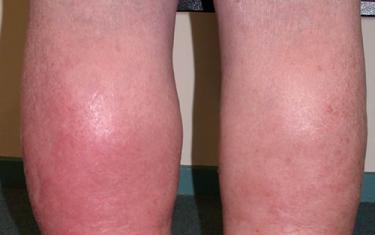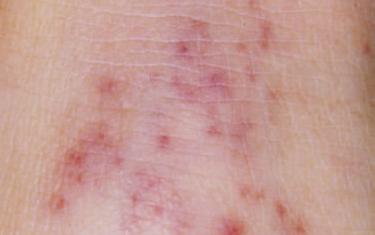
Shoulder injuries: acute management
Shoulder injuries are common in primary care and can be difficult to correctly diagnose and manage.
Chlamydia trachomatis; prevention, treatment and education
Chlamydia trachomatis is the most common treatable sexually transmitted infection in New Zealand.
Childhood stuttering
Information about stuttering, evidence-based advice, support, and speech-language therapy referral options.
Shoulder instability
How to diagnose, investigate and manage patients with primary and recurrent shoulder instability.
Dementia care for Māori
This resource provides information and tools for communicating with Māori patients and their whānau within the context of dementia.
Adults who stutter: treatment & management
Information about stuttering, support and when appropriate, speech language therapy referral options.
Endometriosis
Defined as the presence of endometrial-like tissue outside the endometrial cavity, endometriosis is a common condition.
Lymphoedema in patients receiving palliative care
For patients with life-threatening illness and lymphoedema palliative care is applicable early in the course of illness.
Knee injuries: acute management
Acute knee injuries are common, especially in sports that involve twisting movements and sudden changes of direction.
Constipation & faecal incontinence in children
Constipation occurs in up to 30% of children.
Paediatric fever management
Fever is defined as a temperature greater than 38.0°C.
Jadelle®: Progesterone-only implant contraception
To enable women requesting contraception and enable them to make informed choices about managing their fertility.
Red Rash Made Easy
This course is designed to help primary healthcare workers diagnose rashes.
Polymyalgia Rheumatica
Polymyalgia Rheumatica (PMR) is a common inflammatory rheumatic disease.
